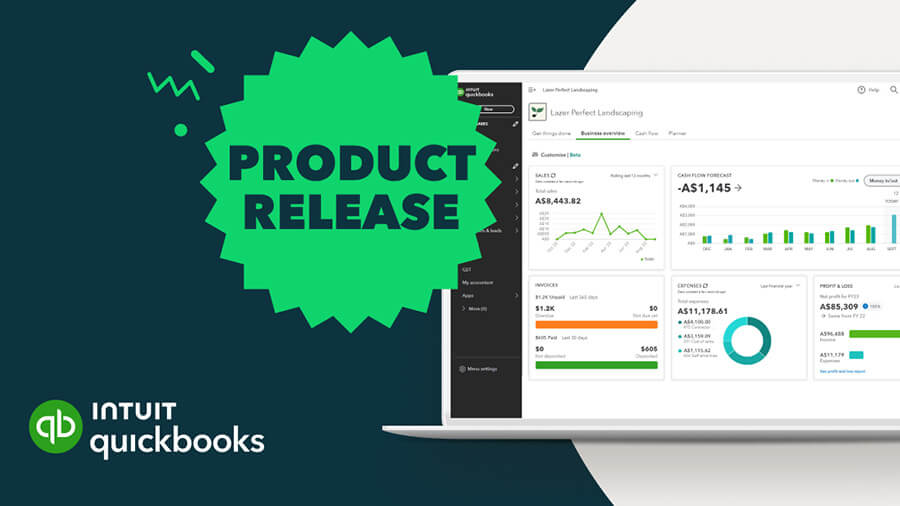What are Fixed Assets?
Fixed Assets Definition
Fixed assets are long-term tangible or intangible assets that a company owns and uses in its operations to generate revenue. These assets are not intended for sale or conversion into cash in the short term and are expected to last for more than one year. Fixed assets are also known as property, plant, and equipment (PP&E), and can include physical assets such as buildings, machinery, and equipment, or intangible assets such as patents, trademarks, and copyrights.
Examples of fixed assets include:
- Buildings: These are structures owned by the company that are used for administrative or production purposes.
- Machinery and equipment: This includes equipment used for production, such as machinery used for manufacturing or computers used for accounting and administrative functions.
- Vehicles: These can be cars, trucks, and vans used for transportation or logistics purposes.
- Land: This includes all the land that the company owns, such as land used for production or building sites.
- Intangible assets: This includes patents, trademarks, copyrights, and other types of intellectual property.
Fixed assets are essential to a company's operations, as they are used to produce or support the production of goods or services. Because fixed assets have a long useful life, they are not fully expensed in the period in which they are acquired, but rather are recorded on the balance sheet and depreciated over their useful lives.
Fixed assets are also important for a company's financial statements, as they are reported on the balance sheet and can affect a company's financial ratios, such as the return on assets or debt-to-equity ratio. Fixed assets are also an important consideration for investors, analysts, and lenders, as they provide insights into a company's long-term commitments and potential for future growth.
Here are some additional points about fixed assets to consider:
- Fixed assets can be categorised into two types: tangible and intangible assets. Tangible fixed assets are physical assets that can be seen and touched, such as buildings, machinery, and equipment. Intangible fixed assets are assets that have no physical form, such as patents, trademarks, and copyrights.
- Fixed assets are reported on a company's balance sheet, usually at their original cost less accumulated depreciation or amortisation. Accumulated depreciation or amortisation represents the amount of the asset's cost that has been allocated and expensed over its useful life.
- The depreciation or amortisation of fixed assets can be calculated using various methods, such as straight-line depreciation, accelerated depreciation, or units-of-production depreciation. Each method has its own advantages and disadvantages and companies must choose the method that best suits their needs and accounting policies.
- Fixed assets are an important consideration when analysing a company's financial statements. Investors and analysts may analyse trends in fixed asset acquisitions and disposals to determine a company's capital spending and investment strategy.
- The useful life of fixed assets can vary depending on factors such as wear and tear, technological developments, and changes in market conditions. Companies must regularly assess the useful life of their fixed assets and adjust their depreciation methods or useful lives as necessary.
- Fixed assets can also be impaired, meaning their value has decreased due to factors such as damage, obsolescence, or changes in market conditions. Companies must periodically assess the recoverability of their fixed assets and recognise any impairment losses in their financial statements.
- Fixed assets can also be acquired through various means, such as purchasing, leasing, or capitalising borrowing costs. Companies must carefully consider the implications of these methods on their financial statements and choose the method that best aligns with their accounting policies and business strategy.
- Fixed assets can be financed through various methods. For example, companies can use equity financing, such as issuing shares, or debt financing, such as taking out loans or bonds. The financing method chosen can impact a company's leverage and interest expense and should be chosen with care.
- Fixed assets can also be disposed of in various ways. For example, companies can sell, retire, or exchange fixed assets. The disposal of fixed assets can result in gains or losses, which must be recognised in the financial statements.
- Companies must also consider the tax implications of acquiring and disposing of fixed assets. Tax laws may allow for certain deductions or credits related to fixed assets, and companies must ensure they are complying with all applicable tax laws and regulations.
- Although fixed assets are intended to be long-term assets that are not intended to be sold in the short term, there may be situations where a company needs to sell or dispose of a fixed asset before the end of its useful life. In such cases, the company must recognise any gains or losses related to the early disposal of the asset.
- Fixed assets can also be impacted by changes in exchange rates or inflation. For example, if a company has a fixed asset denominated in a foreign currency, changes in exchange rates can impact the value of the asset in the company's reporting currency. Similarly, inflation can affect the value of fixed assets over time, and companies must adjust their depreciation methods or useful lives accordingly.
- While fixed assets are intended to generate revenue for the company over the long term, there may be situations where they become liabilities rather than assets. For example, a building or piece of equipment that becomes obsolete or requires significant repairs may become a burden to the company and negatively impact its performance.
- Fixed assets are an important consideration for companies in many industries, such as manufacturing, construction, and transportation. However, even service-based companies may have fixed assets, such as office buildings, computers, and software licenses.







